Europe’s energy chaos is playing havoc with the continent’s industrial manufacturing sector, none more so than fertiliser production.
It is estimated that over two-thirds of European production capacity of ammonia, a key ingredient in nitrogen, was shuttered at the start of September, according to producer representative Fertiliser Europe.
There is little hope of any relief in the short term as Russia this week confirmed that gas supplies to Europe will not resume in full until the collective west lifts sanctions against Russia over its war in Ukraine. Gas prices, which are up by over 700% on last year, are likely to remain high and volatile as long as gas supply is restricted.
Global nitrogen supply balance looks set to remain tight for the foreseeable future.
The curtailment of European production is likely to exert an influence on global prices in the coming months.
Critically, in Europe, this coincides with the resumption of buying by importers for the growing season ahead.
It may also result in reorganisation of supply chains as Europe can provide a margin to otherwise unlikely trade flows.
Nitrogen prices were trading upwards before the war in Ukraine. A combination of increasing gas prices in Europe and coal prices in China, strong global demand for liquefied natural gas, export restrictions on nitrogen fertiliser in China and increased fertiliser demand served to strengthen global prices.
Gas is the primary feedstock for ammonia, accounting for over 80% of production costs.
Ammonia, in turn, is then manufactured into a variety of fertiliser including urea and calcium ammonium nitrate.
The curtailment of ammonia production has resulted from increased production costs and unviable margins for producers.
Many plants in Europe that can import ammonia may be in a position to manufacture nitrogen fertiliser profitably to supply the market.
Depending on the economics, it may be more favourable to import finished nitrogen fertiliser products such as urea. At this point, a number of factors could influence both availability and price within the market in the coming months.
Supply chain reorganisation
The shuttering of the European nitrogen industry is forcing a supply chain reorganisation. Given the historic high prices in Europe, product is likely to flow in any direction that generates a return, particularly as demand wanes in other markets.
Nitrogen production in Europe has been in negative margins throughout the summer. While the summer is generally quiet in the European fertiliser trade, there have been reports of buyers scurrying to find product at lower prices than the European market could deliver this summer. As a result, north Africa has benefited from Europe’s high prices.
The Middle East trade has also benefited from the high prices in Europe.
World market supply in the season ahead will depend on nitrogen production everywhere outside of the EU, according to head of fertiliser at CRU Group Chris Lawson. The EU will suck up all additional supplies available to the market, he said.
China, which generally accounts for about one-fifth of global nitrogen exports, continues to restrict exports to maintain domestic supply. It is unlikely to lift restrictions in the period ahead.
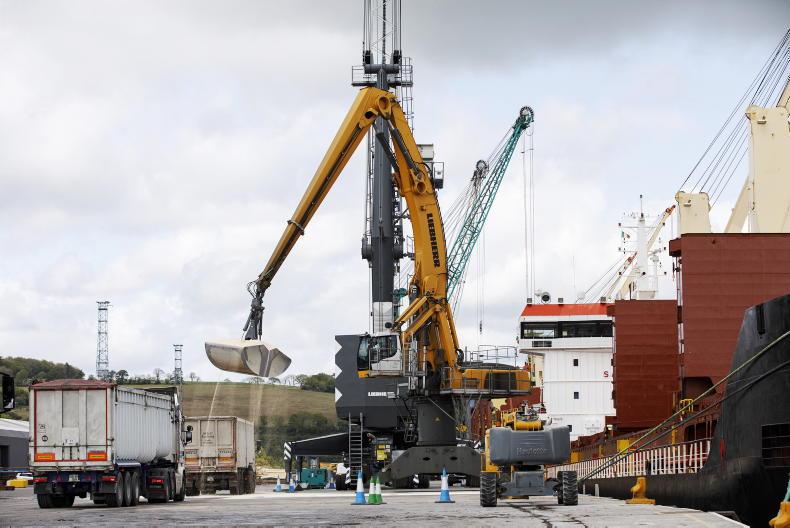
The US, however, is seeing nitrogen production coming on stream following significant disruption in domestic production in 2021.
The industry currently has a buildup of stocks that has been trading at a heavy discount to European product, according to Lawson. They are likely to move more ammonia and UAN into Europe to capitalise on the current high prices.
Potential for Russian ammonia
to come on stream
Despite the imposition of sanctions, Russian fertiliser supply has not been significantly disrupted. A key unknown in the market is whether ammonia exports will resume from the Black Sea for manufacturing to nitrogen.
Russia accounts for almost one-quarter of global ammonia exports, half of which are exported via a pipeline through Ukraine to the port of Odessa.
This has been shut down since the start of the war. However, the agreement brokered by the United Nations and Turkey between Russia and Ukraine to facilitate grain exports from the Black Sea also provided for the resumption of this trade.
Russia has complained that western countries are not doing enough to facilitate exports of Russian fertiliser, ammonia and grain.
Lawson cautions that neither traders nor vessels have been willing to revisit this trade as of yet.
However, within the sector, hope remains that this product may start to flow, which could have a significant impact on the market.
Some markets well served
While concerns mount in Europe regarding availability and price of nitrogen for the season ahead, some import-dependent markets are well-provided. This is taking some pressure off the global market.
Brazil bought a lot of product in early March across NPK and is incredibly well stocked, so much so that prices are now coming down there.
Australia also covered itself very quickly. As a result, Lawson feels that there is a bit of flexibility in the sector and with that unusual trade flows are likely to evolve.
The extent of available nitrogen supplies to the European market should crystallise in the coming weeks
Another factor that may offer some relief in the market is reduced industrial demand for urea as a result of spiralling inflation. Industrial demand accounts for 40% of urea consumption within Europe. While nitrogen demand has been affected by the widespread drought in Europe, it is nowhere near enough to compensate for the extent of production losses at this time.
The extent of available nitrogen supplies to the European market should crystallise in the coming weeks as current high prices provide the opportunity for exporters outside the EU.
US Gulf granular urea FOB is currently trading at $690 /t (€695/t), which is up $100/t in the past few weeks. Egyptian granular urea FOB is currently trading $849/t (€855/t), similar to prices last April, while Middle East granular urea FOB is trading at $710/t (€715/t), similar to prices achieved last February.
Farmer certainty required
The current meltdown in fertiliser production was well flagged in the sector.
In its most recent results update, Yara, Europe’s largest nitrogen producer, warned of historically low nitrates levels in Europe.
It cautioned of a risk of nitrogen shortages and price spikes if buying was delayed, especially if natural gas availability continued to deteriorate.
It now seems that warning has borne out.
Fertiliser importers manage their margin and risk to protect their own business interests.
However, this can put adequate supply of fertiliser to the farmer at risk. It is unclear what level of stock fertiliser importers have coming into the season and if they capitalised on the lower prices in the early summer market.
Government intervention
What is clear is that European production will not resume without a significant drop in gas prices or without substantial Government intervention.
The latter seems unlikely given the widespread impact of the energy crisis across the entire industrial manufacturing sector.
In the longer term, billions are now being committed across the EU to new gas infrastructure, which will reduce the dependence on Russian gas and support normalised industrial production including nitrogen.
In the meantime, farmers need some level of certainty, either from the market or Government, regarding supply before they commit to production for the year ahead.
Irish Farmers Journal analysis has shown the extent of the risk premium farmers have paid in 2022, which should go some way to underpinning the availability of supply for the coming season.
Price of gas, a key ingredient in nitrogen, is up 700% year on year.Unviable nitrogen production in Europe led to widespread curtailment.US, Egypt and Middle East can capatilise on high prices in Europe and increase supply to the market.Farmers need certainty regarding stock levels and availability of supply before committing to production.
Europe’s energy chaos is playing havoc with the continent’s industrial manufacturing sector, none more so than fertiliser production.
It is estimated that over two-thirds of European production capacity of ammonia, a key ingredient in nitrogen, was shuttered at the start of September, according to producer representative Fertiliser Europe.
There is little hope of any relief in the short term as Russia this week confirmed that gas supplies to Europe will not resume in full until the collective west lifts sanctions against Russia over its war in Ukraine. Gas prices, which are up by over 700% on last year, are likely to remain high and volatile as long as gas supply is restricted.
Global nitrogen supply balance looks set to remain tight for the foreseeable future.
The curtailment of European production is likely to exert an influence on global prices in the coming months.
Critically, in Europe, this coincides with the resumption of buying by importers for the growing season ahead.
It may also result in reorganisation of supply chains as Europe can provide a margin to otherwise unlikely trade flows.
Nitrogen prices were trading upwards before the war in Ukraine. A combination of increasing gas prices in Europe and coal prices in China, strong global demand for liquefied natural gas, export restrictions on nitrogen fertiliser in China and increased fertiliser demand served to strengthen global prices.
Gas is the primary feedstock for ammonia, accounting for over 80% of production costs.
Ammonia, in turn, is then manufactured into a variety of fertiliser including urea and calcium ammonium nitrate.
The curtailment of ammonia production has resulted from increased production costs and unviable margins for producers.
Many plants in Europe that can import ammonia may be in a position to manufacture nitrogen fertiliser profitably to supply the market.
Depending on the economics, it may be more favourable to import finished nitrogen fertiliser products such as urea. At this point, a number of factors could influence both availability and price within the market in the coming months.
Supply chain reorganisation
The shuttering of the European nitrogen industry is forcing a supply chain reorganisation. Given the historic high prices in Europe, product is likely to flow in any direction that generates a return, particularly as demand wanes in other markets.
Nitrogen production in Europe has been in negative margins throughout the summer. While the summer is generally quiet in the European fertiliser trade, there have been reports of buyers scurrying to find product at lower prices than the European market could deliver this summer. As a result, north Africa has benefited from Europe’s high prices.
The Middle East trade has also benefited from the high prices in Europe.
World market supply in the season ahead will depend on nitrogen production everywhere outside of the EU, according to head of fertiliser at CRU Group Chris Lawson. The EU will suck up all additional supplies available to the market, he said.
China, which generally accounts for about one-fifth of global nitrogen exports, continues to restrict exports to maintain domestic supply. It is unlikely to lift restrictions in the period ahead.

The US, however, is seeing nitrogen production coming on stream following significant disruption in domestic production in 2021.
The industry currently has a buildup of stocks that has been trading at a heavy discount to European product, according to Lawson. They are likely to move more ammonia and UAN into Europe to capitalise on the current high prices.
Potential for Russian ammonia
to come on stream
Despite the imposition of sanctions, Russian fertiliser supply has not been significantly disrupted. A key unknown in the market is whether ammonia exports will resume from the Black Sea for manufacturing to nitrogen.
Russia accounts for almost one-quarter of global ammonia exports, half of which are exported via a pipeline through Ukraine to the port of Odessa.
This has been shut down since the start of the war. However, the agreement brokered by the United Nations and Turkey between Russia and Ukraine to facilitate grain exports from the Black Sea also provided for the resumption of this trade.
Russia has complained that western countries are not doing enough to facilitate exports of Russian fertiliser, ammonia and grain.
Lawson cautions that neither traders nor vessels have been willing to revisit this trade as of yet.
However, within the sector, hope remains that this product may start to flow, which could have a significant impact on the market.
Some markets well served
While concerns mount in Europe regarding availability and price of nitrogen for the season ahead, some import-dependent markets are well-provided. This is taking some pressure off the global market.
Brazil bought a lot of product in early March across NPK and is incredibly well stocked, so much so that prices are now coming down there.
Australia also covered itself very quickly. As a result, Lawson feels that there is a bit of flexibility in the sector and with that unusual trade flows are likely to evolve.
The extent of available nitrogen supplies to the European market should crystallise in the coming weeks
Another factor that may offer some relief in the market is reduced industrial demand for urea as a result of spiralling inflation. Industrial demand accounts for 40% of urea consumption within Europe. While nitrogen demand has been affected by the widespread drought in Europe, it is nowhere near enough to compensate for the extent of production losses at this time.
The extent of available nitrogen supplies to the European market should crystallise in the coming weeks as current high prices provide the opportunity for exporters outside the EU.
US Gulf granular urea FOB is currently trading at $690 /t (€695/t), which is up $100/t in the past few weeks. Egyptian granular urea FOB is currently trading $849/t (€855/t), similar to prices last April, while Middle East granular urea FOB is trading at $710/t (€715/t), similar to prices achieved last February.
Farmer certainty required
The current meltdown in fertiliser production was well flagged in the sector.
In its most recent results update, Yara, Europe’s largest nitrogen producer, warned of historically low nitrates levels in Europe.
It cautioned of a risk of nitrogen shortages and price spikes if buying was delayed, especially if natural gas availability continued to deteriorate.
It now seems that warning has borne out.
Fertiliser importers manage their margin and risk to protect their own business interests.
However, this can put adequate supply of fertiliser to the farmer at risk. It is unclear what level of stock fertiliser importers have coming into the season and if they capitalised on the lower prices in the early summer market.
Government intervention
What is clear is that European production will not resume without a significant drop in gas prices or without substantial Government intervention.
The latter seems unlikely given the widespread impact of the energy crisis across the entire industrial manufacturing sector.
In the longer term, billions are now being committed across the EU to new gas infrastructure, which will reduce the dependence on Russian gas and support normalised industrial production including nitrogen.
In the meantime, farmers need some level of certainty, either from the market or Government, regarding supply before they commit to production for the year ahead.
Irish Farmers Journal analysis has shown the extent of the risk premium farmers have paid in 2022, which should go some way to underpinning the availability of supply for the coming season.
Price of gas, a key ingredient in nitrogen, is up 700% year on year.Unviable nitrogen production in Europe led to widespread curtailment.US, Egypt and Middle East can capatilise on high prices in Europe and increase supply to the market.Farmers need certainty regarding stock levels and availability of supply before committing to production.





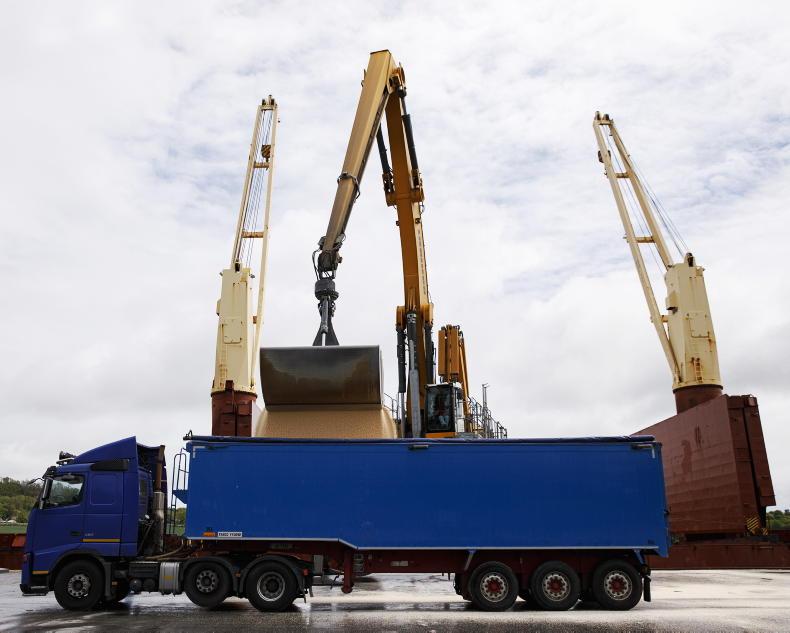

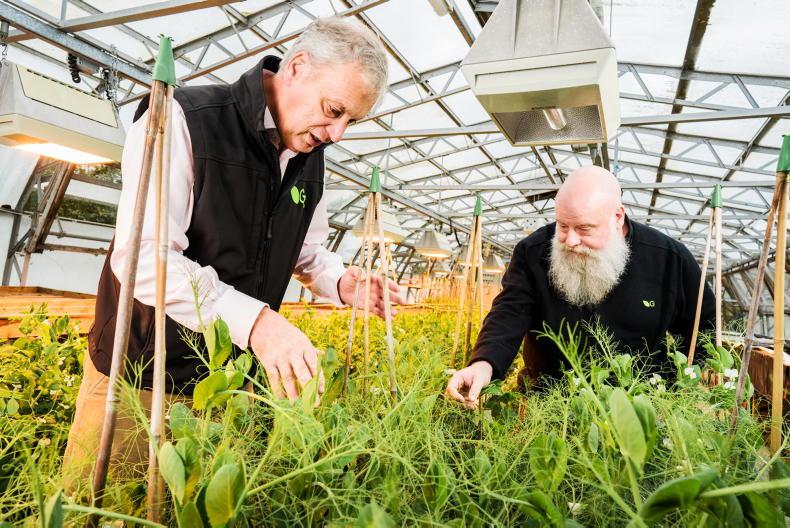
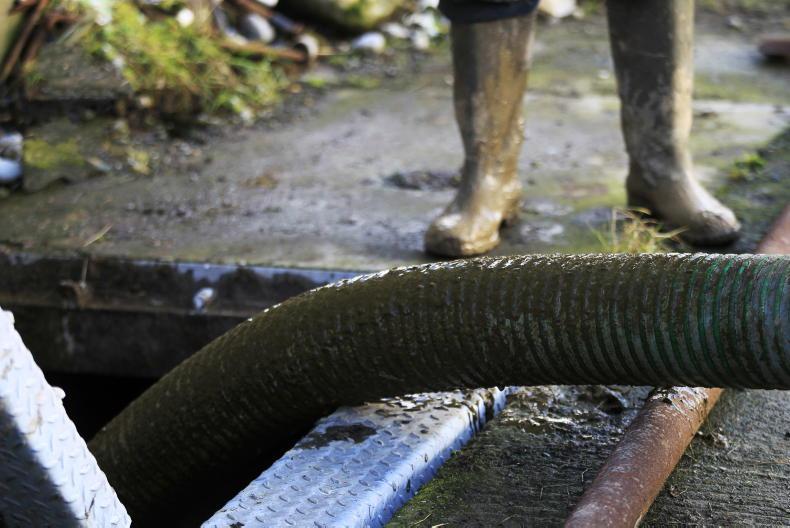
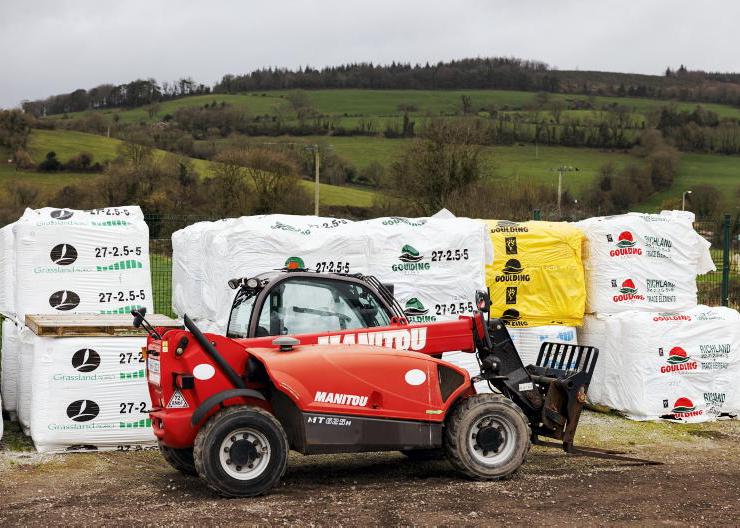
SHARING OPTIONS